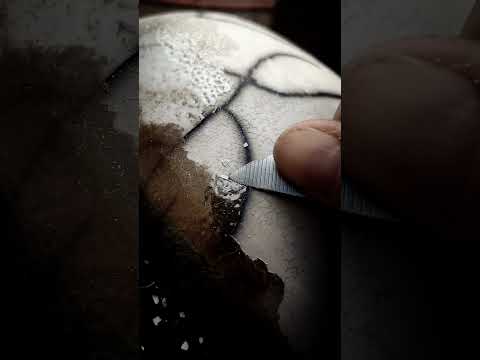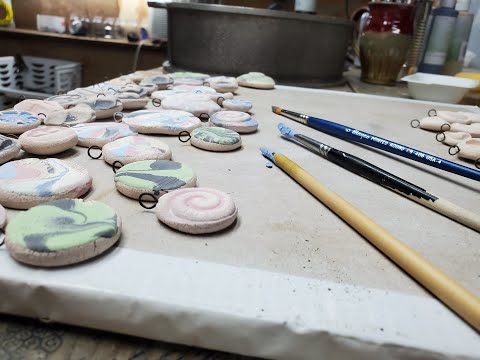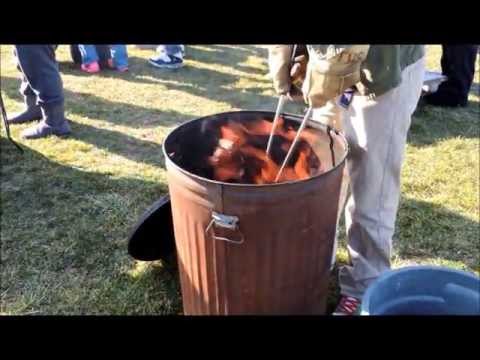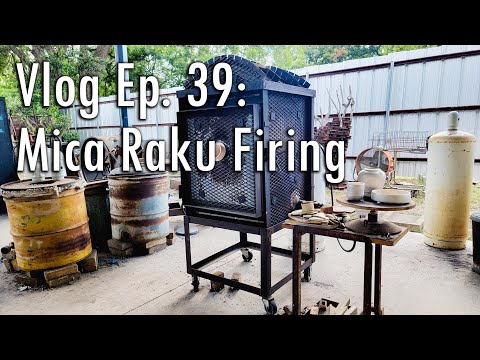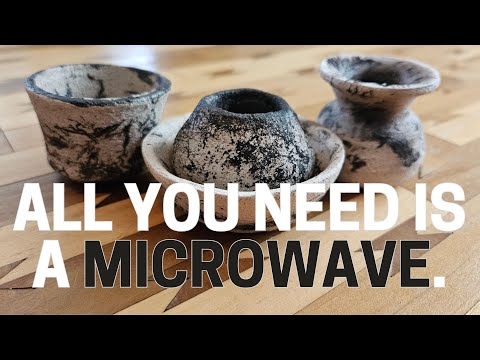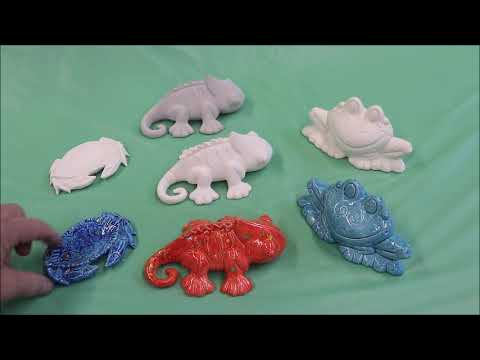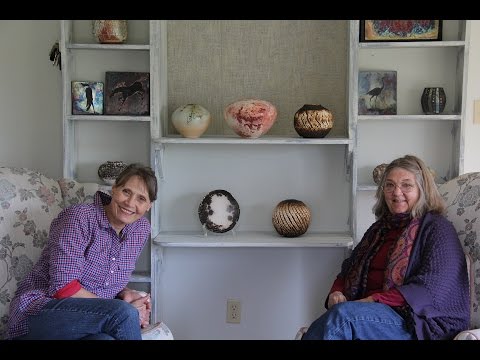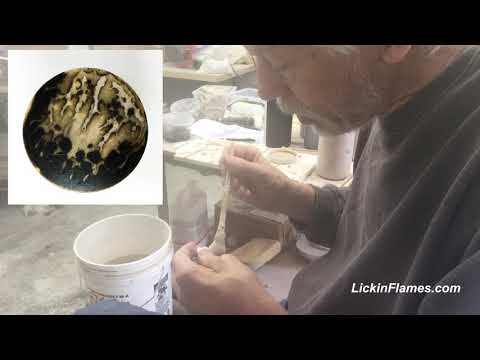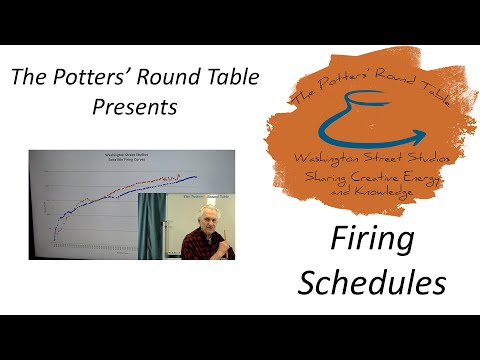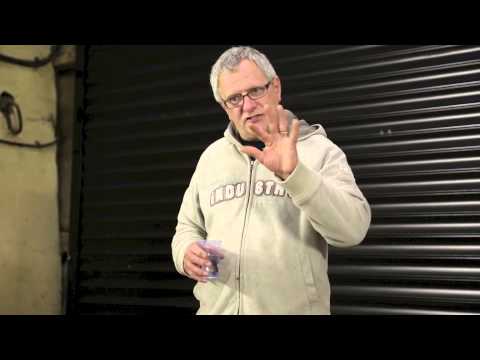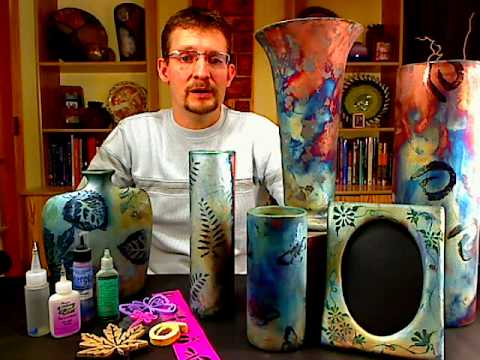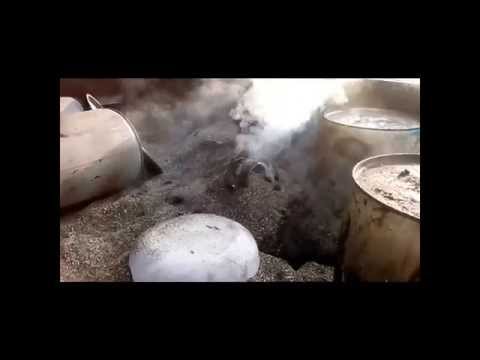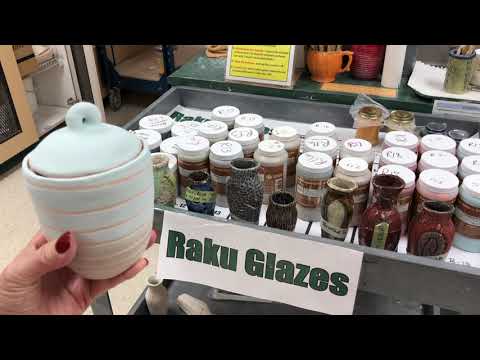Raku firing is like the wild child of the pottery world. It’s unpredictable, exciting, and gives some truly unique results. Let’s take a stroll through the steps of Raku firing and share some pointers and tips along the way.
Step 1: Choosing Your Clay
- Tip: Use a clay body that can withstand thermal shock. Raku clay typically has a high grog content to prevent cracking.
Step 2: Bisque Firing
- Tip: Before Raku firing, you need to bisque fire your pottery. This makes it strong enough to withstand the Raku process.
Step 3: Glazing
- Pointer: Use Raku-specific glazes. They are designed to react and melt quickly at lower temperatures.
Step 4: Raku Kiln Firing
- Tip: Raku kilns heat up fast and don’t go as high as regular ceramic kilns. You’re looking at temperatures around 1600°F to 1800°F (870°C to 980°C).
Step 5: Removing the Pottery
- Pointer: This is where it gets exciting! Use tongs to remove the red-hot pottery from the kiln. It’s a dramatic and careful process.
Step 6: Post-Firing Reduction
- Tip: Place the hot pottery in a reduction chamber, like a metal can with combustible materials (like sawdust). This step creates the unique Raku effects.
Step 7: Cooling and Cleaning
- Pointer: Once cooled, clean your pottery to reveal the beautiful Raku effects. It’s like unwrapping a present!
Raku Firing Techniques
Raku firing isn’t just about following steps; it’s about embracing the unpredictability and magic of the process. Here are some additional tips:
Embrace the Unexpected
- Tip: Each piece comes out uniquely. Raku is known for its surprise element in colors and crackles.
Safety First
- Pointer: Raku firing is more hands-on and involves dealing with very high temperatures. Always wear protective gear and follow safety protocols.
Experiment with Reduction
- Tip: The type of materials you use in the reduction chamber can affect the outcome. Different materials can give different effects.
Timing is Key
- Pointer: The timing of each step, especially how long you leave your piece in the reduction chamber, can change the results significantly.
Raku firing is more than just a pottery technique; it’s a dance with fire and smoke, yielding pieces that are truly one of a kind. It’s an adventurous journey where each piece tells its own story.



